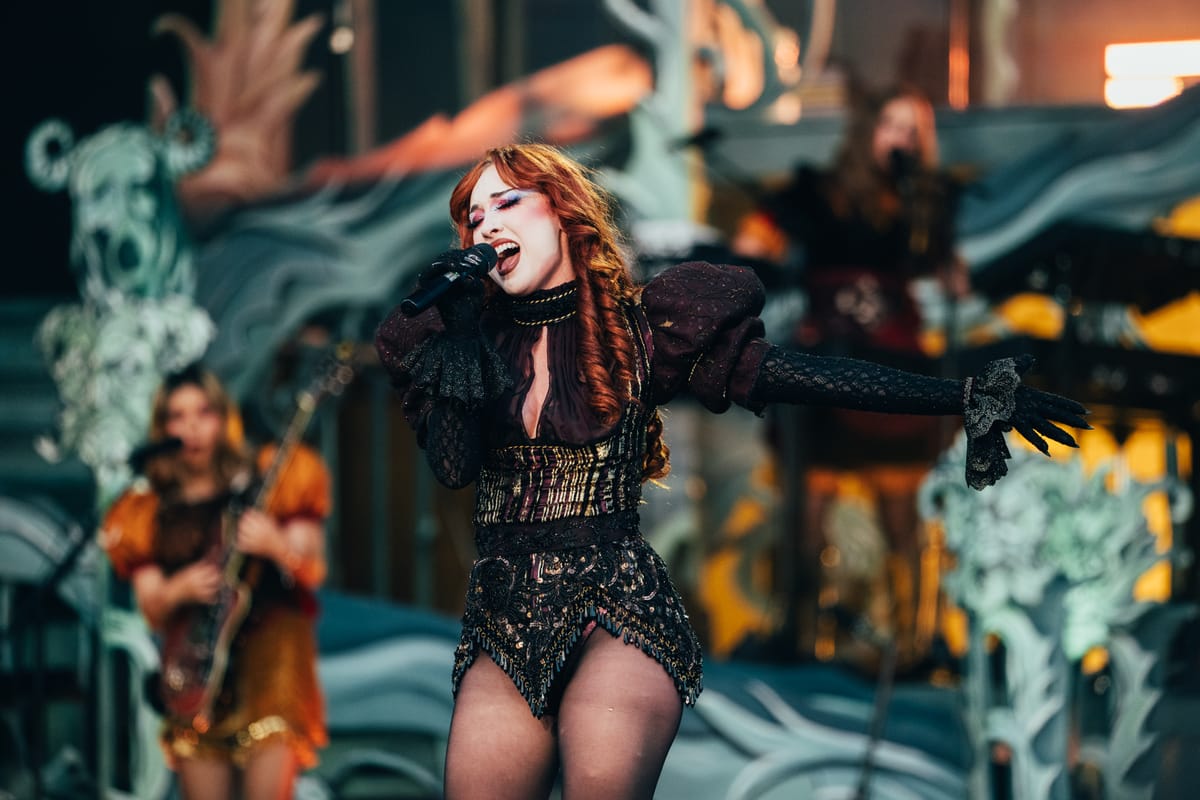This post is for paying subscribers only
Subscribe now and have access to all our stories, enjoy exclusive content and stay up to date with constant updates.
Pop music is not my usual thing - and yet, I love Chappell Roan. I unpack the reasons why after seeing her live for the first time at Reading....

Subscribe now and have access to all our stories, enjoy exclusive content and stay up to date with constant updates.
Already a member? Sign in